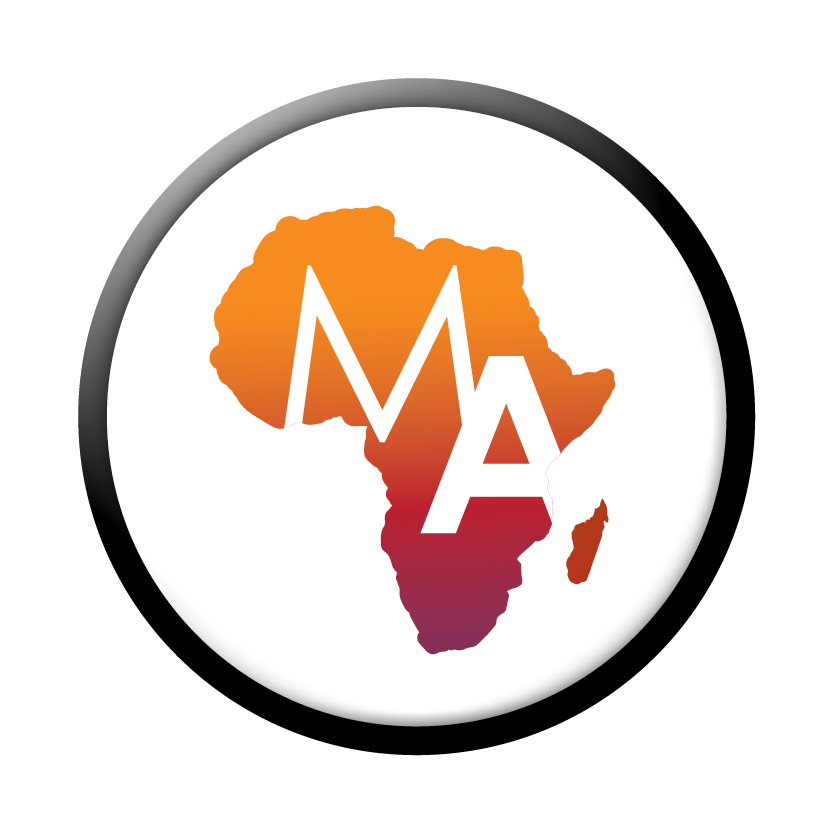Original Story Published by: Sophie Mbugua for DW
Photo Source: S. Mbuga/DW
Power shortages are stalling African development. Private sector green power providers say renewables could close the energy gap – but better market conditions are essential.
It's one thing when the power fails for an hour, but quite another when homes are regularly left in the dark for a day or more, and industry shuts down because of persistent power outages across a country.
That was the case in Ghana in 2015, when severe electricity supply challenges cost the nation an average of $2.1 million per day in loss of production, according to the Center for Global Development.
Ghana relies heavily on the Akosombo hydroelectric dam, which was built on the Volta River in southeastern Ghana in the early 1960s and has an installed capacity of 1020 megawatts (MW). But since 2014, water levels have been low, affecting power supply from the dam.
And the problem isn't specific to Ghana. Many sub-Saharan African countries rely on hydropower, which has become erratic due to drought and flooding. Most have suffered heavy economic losses as a result.
Meanwhile, Africa's energy demand is only set to grow.
It's estimated that more than 660 million people, or 63 percent of the population of sub-Saharan Africa, has no access to energy. And energy is key to industrialization.
The African Union's "Agenda 2063" initiative aims to transform the continent socio-economically over the next 50 years, with commercial centers, infrastructure development, investment in science, technology, and innovation, and an integrated high-speed train network connecting all African capitals. All this requires stable, reliable, and efficient energy.
To read the full article, visit Deutsche Welle.









